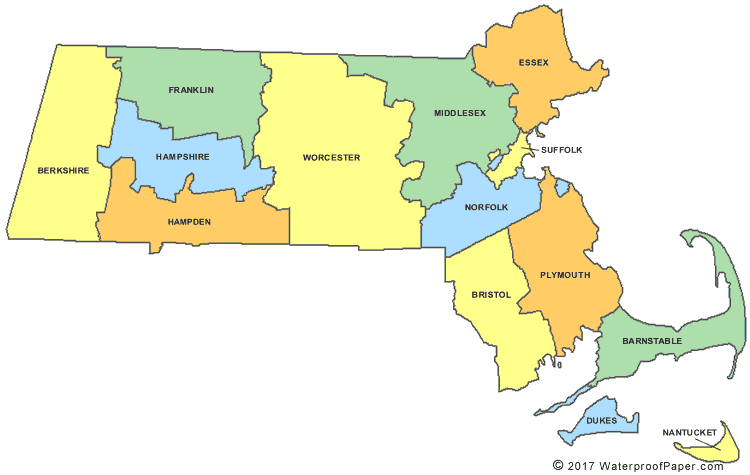The 5th Regiment Massachusetts Colored Volunteer Cavalry was a Union Army cavalry regiment during the Civil War. The cavalry regiment was organized at Camp Meigs, Readville, Massachusetts, during the Fall of 1863. On January 9, 1864, Company A was mustered into service, and by May 5, 1864, Company M, the last company, was called. Henry S. Russell, a one-time officer in the 2nd Regiment Massachusetts Voluntary and the 2nd Regiment Massachusetts Voluntary Cavalry, was made the first colonel of the 5th Cavalry.
Between May 8 and 10, 1864, three battalions, including the 1st Battalion under the command of Major Horace N. Weld, 2nd Battalion under the command of Major Charles Francis Adams, and 3rd Battalion under the command of Major Henry Pickering Bowditch, left Camp Meigs and proceeded to Washington D.C. By May 11, the entire regiment was assembled at Camp Casey in defense of the Nation’s Capital. Two days later, the regiment was ordered to Fortress Monroe near Norfolk, Virginia, and then to City Point on the James River.
On June 14, 1864, the regiment participated in its first military action when it was part of the assault on Confederate positions around Petersburg, Virginia, during the Siege of Petersburg. They also engaged Confederate forces at Baylor’s Farm, called the Second Battle of Petersburg. There, they suffered their first casualties, with three troops killed and 19 officers wounded. Among the officers wounded were Colonel Russell and Major Adams. Major Bowditch now assumed command of the regiment. Around 7 p.m. on June 14, the 5th participated in another assault, capturing five artillery batteries along the Jordan’s Point Road. As a result, the Confederates were driven back toward the inner defenses of Petersburg.
The 5th Cavalry operated on the Petersburg and Bermuda Hundred fronts until the end of June 1864, when it was ordered to Point Lookout, Maryland, to guard a Confederate prison. On September 30, 1864, Colonel Russell resumed command of the regiment after recovering from his wounds at the Second Battle of Petersburg. He remained in command of the regiment until February 14, 1865, when he resigned.
Colonel Charles Francis Adams Jr. then commanded the regiment for the remainder of the Civil War. The 5th Cavalry returned to Petersburg, where they participated in the closing Civil War campaigns in March and April 1865 that resulted in the surrender of Confederate General Robert E. Lee to Union commander Ulysses Grant at Appomattox.
The regiment remained in Petersburg until June 1865, when it was sent to the Rio Grande in Texas as a show of U.S. military strength against French forces then in control of Mexico. On August 1, 1865, Colonial Samuel Chamberlain took command. The regiment disbanded two months later, on October 31, 1865, in Clarksville, Texas.
In total, the 5th Massachusetts regiment suffered 123 casualties, with most of the deaths as a result of disease. Notable soldiers and officers who were a part of the regiment included Private Prince Romerson, a Native Hawaiian soldier who would later fight as a Buffalo Soldier, trooper Joshua Dunbar, father of poet Paul Laurence Dunbar, George Lawrence Mason, the first African American lawyer in North Carolina, Lieutenant Daniel Henry Chamberlain, who later served as the 76th Governor of South Carolina from 1874 to 1877, and Colonel Charles Francis Adams, an abolitionist who was great-grandson of President John Adams, grandson of President John Quincy Adams, and later president of the Union Pacific Railroad.

